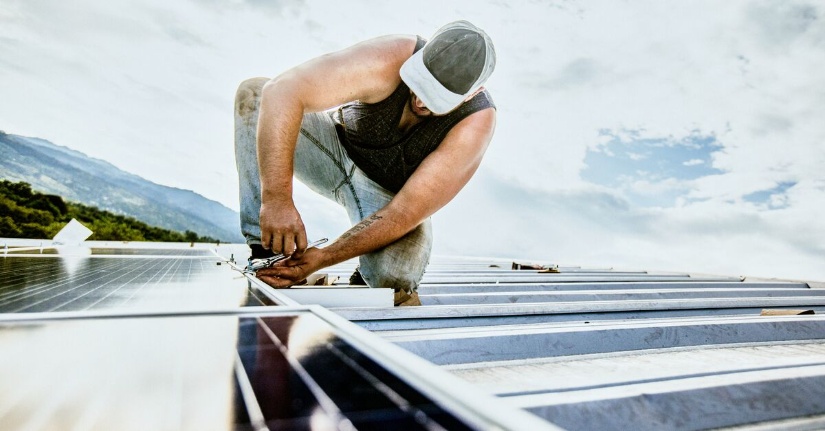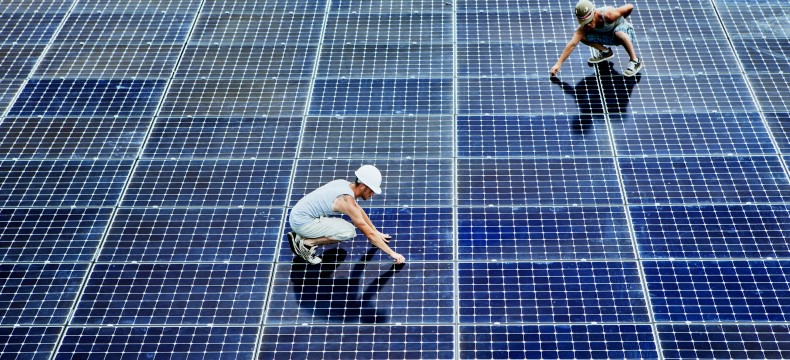The previous articles in this series have impressively shown how many facets the decarbonization of the German and international economy has. It affects every corner, every industry, large and small companies, and private individuals.
At the center of public discussions, not entirely without reason, is the energy sector, because it will have to deliver a large part of Germany's CO2 reduction targets by 2030. The conversion of electricity generation to renewable energy sources alone is a mammoth task. But to replace conventional energy sources in other areas as well - such as mobility or industrial processes - direct or indirect electrification via intermediate storage will be necessary. This, however, will lead to a significant increase in electricity consumption: by 2030 alone, an increase of 27 percent compared with 2021, with the simultaneous shutdown of coal-fired and nuclear power plants.
It goes without saying that this additional consumption will also come from renewable sources. A few more figures give an impression of the dimension of the transition task: According to the plan of the climate protection ministry, 50 gigawatts of onshore wind energy capacity are to be added by 2030 alone. This would correspond to a doubling of current capacity. For offshore wind energy, an additional 23 gigawatts (+280 percent compared to 2021) are to be added, and for photovoltaics as much as 140 gigawatts, which would almost quadruple the current installed capacity. In the case of photovoltaics, around half is to be achieved through the construction of ground-mounted solar parks and half through rooftop installations on residential and commercial buildings. These figures alone make it clear that the expansion of renewable energies is a huge challenge, even under ideal conditions.

Success stories show how it can be done
Fortunately, the positive examples of how to overcome the challenge do exist. Berlin-based Enpal, which has won many innovation awards, is Germany's market leader in the installation of rooftop photovoltaic systems. Many thousands of homeowners are now enjoying self-produced electricity from their own roofs in conjunction with battery storage and a wallbox for charging their e-cars. Currently, Enpal is hiring around 100 new employees every month because "business is booming." To meet the enormous capital requirements, ING is helping with innovative solutions, such as direct project financing as well as financing advice.
The Saarbrücken-based company Enovos is currently building one of Germany's largest solar parks. With a peak output of over 200 megawatts, climate-friendly electricity will be produced in southwestern Germany in the future. No easy task in times of disrupted supply chains, rising interest rates and many other challenges. Here, too, ING is a proud partner both for the financing of the project and for the parent company Encevo, also a pioneer in sustainability.
On the roofs of large commercial properties, on the other hand, the Dutch company Sunrock is installing PV systems. Sunrock is already the market leader in Holland and is now expanding at a rapid pace in Germany.
These are just three examples of successful entrepreneurial spirit and innovative strength that are driving the energy transition forward. Examples that encourage and whet the appetite for more.



